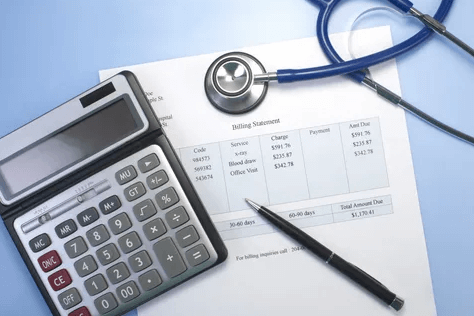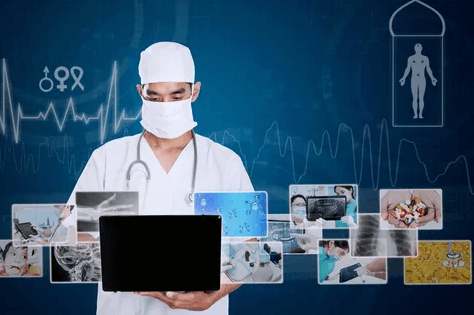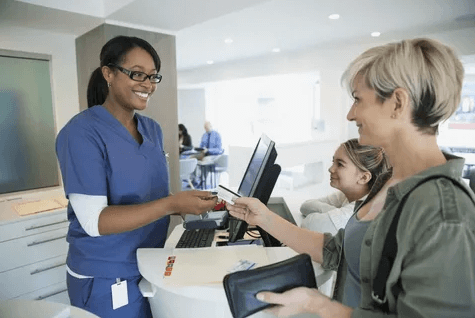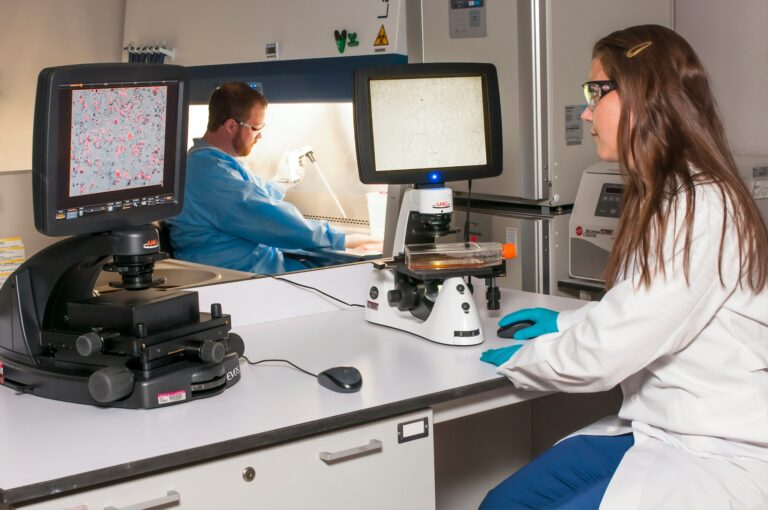Patient-Centric Approach to Medical Billing: Improving Transparency and Communication
Introduction to Patient-Centric Medical Billing
Patient-centric medical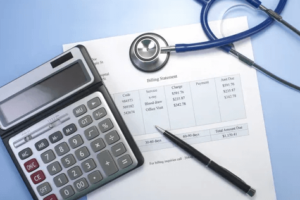 Billing represents a paradigm shift in healthcare administration, emphasizing the patient’s experience and financial well-being. Traditionally, billing processes needed to be more opaque, often confusing and frustrating patients, leading to billing disputes and delayed payments. In contrast, a patient-centric approach prioritizes transparency, clear communication, and empowerment.
Billing represents a paradigm shift in healthcare administration, emphasizing the patient’s experience and financial well-being. Traditionally, billing processes needed to be more opaque, often confusing and frustrating patients, leading to billing disputes and delayed payments. In contrast, a patient-centric approach prioritizes transparency, clear communication, and empowerment.
This approach strives to make medical bills understandable, providing detailed breakdowns of costs and insurance coverage. It encourages healthcare providers to discuss payment options and potential financial assistance with patients. Healthcare organizations aim to build trust, reduce billing-related stress, and improve overall patient satisfaction by putting the patient at the center of billing processes. Ultimately, a patient-centric approach fosters better financial outcomes for patients and healthcare providers.
Understanding this article will help you enhance medical billing practices, promoting transparency, communication, and patient-centered care.
Enhancing Transparency in Medical Billing
Enhancing transparency in Medical Billing is crucial for restoring trust in the healthcare system. It involves providing patients with comprehensive, easy-to-understand explanations of their medical bills. This includes itemized lists of services, associated costs, insurance coverage, and out-of-pocket expenses. Transparency also extends to clear communication about payment options and financial assistance programs.
Patients can make budgets by demystifying the billing process and reducing surprise bills and disputes. Transparent Billing fosters better patient-provider relationships, ultimately improving the overall healthcare experience.
Effective Communication Strategies for Billing
Effective communication strategies in medical Billing is essential to ensure patients understand their financial responsibilities, minimize disputes, and enhance their overall experience. Here are five key subheadings outlining these strategies:
Clear and Comprehensive Documentation:
Providing patients with well-structured, detailed bills is the foundation of effective communication. Bills should include itemized lists of services, associated costs, insurance adjustments, and any patient obligations. Clearly labeling each section and using plain language can make the document more accessible.
Patient-Friendly Language and Explanations:
Avoiding jargon and using patient-friendly language is crucial. Explain medical procedures and billing codes in terms patients can understand. Provide brief descriptions of services and their necessity, ensuring patients can connect the billing details to their healthcare.
Personalized and Timely Communication:
Personalization is critical to effective communication. Address patients by name and tailor the billing information to their specific situation. Send bills promptly after services are rendered, and follow up with reminders as needed, ensuring patients have ample time for questions.
Accessible Billing Channels:
Offer multiple channels for patients to access billing information. In addition to traditional paper bills, provide online portals and customer service hotlines for inquiries. Ensure that online platforms are user-friendly, secure, and available 24/7 for patient convenience.
Educational Resources and Support:
Proactively provide patients with educational materials explaining the billing process, insurance terms, and available financial assistance programs. Offer support through trained billing staff or patient advocates who can assist with questions, disputes, and payment arrangements.
Empowering Patients with Billing Information
Empowering patients with billing information is a fundamental aspect of patient-centered healthcare. It involves providing patients with comprehensive and easily accessible details about their medical expenses. This includes transparent breakdowns of costs, insurance coverage, and available payment options. By arming patients with this knowledge, they can effectively make informed decisions about their healthcare budget and prevent unexpected financial burdens. It fosters a sense of ownership over one’s healthcare finances, leading to a more satisfying healthcare experience and better financial outcomes for all parties involved.
billing information is a fundamental aspect of patient-centered healthcare. It involves providing patients with comprehensive and easily accessible details about their medical expenses. This includes transparent breakdowns of costs, insurance coverage, and available payment options. By arming patients with this knowledge, they can effectively make informed decisions about their healthcare budget and prevent unexpected financial burdens. It fosters a sense of ownership over one’s healthcare finances, leading to a more satisfying healthcare experience and better financial outcomes for all parties involved.
Streamlining Billing Processes for Patient Convenience
Streamlining billing processes for patient convenience is essential in modern healthcare administration. It involves optimizing the entire billing workflow to minimize complexity and enhance the patient experience. This includes simplifying registration, submission, and processing of claims and automating Billing wherever possible.
Patients can navigate their financial responsibilities more efficiently by reducing paperwork and administrative hurdles. Offering online payment options and mobile apps further enhances convenience, allowing patients to pay bills conveniently. Clear and concise billing statements and proactive communication about payment due dates create a hassle-free experience.
Streamlined billing processes improve patient satisfaction and reduce errors and delays, benefiting patients and healthcare providers.
Addressing Patient Concerns and Questions
Effective communication in healthcare billing extends beyond providing information; it also involves actively addressing patient concerns and questions. Here are three key subheadings outlining how healthcare providers can achieve this:
Accessible Customer Support:
Establishing accessible and responsive customer support channels is paramount. Patients should have easy access to knowledgeable billing representatives who promptly address inquiries and concerns. This includes providing a dedicated hotline, email support, and, where feasible, live chat options. Ensuring staff are trained to handle billing-related questions with empathy and accuracy is crucial for patient satisfaction.
Straightforward Dispute Resolution Process:
Transparency in dispute resolution is essential for patient trust. Clearly outline the process for addressing billing disputes, including how patients can submit their concerns and what to expect during the resolution process. Ensure that disputes are handled promptly, with regular updates provided to patients as their concerns are investigated and resolved.
Patient Education Initiatives:
Proactive patient education can preempt many concerns. Provide resources and workshops that explain common billing issues, insurance terminology, and available financial assistance programs. Encourage patients to ask questions during their healthcare visits and provide written materials that address frequently asked billing questions. An informed patient is more likely to feel confident and less anxious about financial responsibilities.
Measuring Success and Continuous Improvement in Patient-Centric Billing
Measuring success and continuous improvement in patient-centric Billing is crucial for healthcare organizations. Success can be gauged by assessing patient satisfaction, reducing billing disputes, and improving payment compliance. Regular feedback from patients, staff, and auditors helps identify areas for enhancement.
Continuous improvement involves analyzing data to refine billing processes, enhance communication, and streamline workflows. This iterative approach can lead to more accurate Billing, decreased administrative costs, and better financial outcomes.
Concluding Remarks
In conclusion, adopting a patient-centric approach to medical Billing is paramount for improving transparency and communication in healthcare. It empowers patients with clear information, reduces billing-related stress, and enhances trust between healthcare providers and patients. Through streamlined processes, accessible support, and proactive education, patient-centric Billing improves patient satisfaction and leads to better financial outcomes for both patients and healthcare organizations. Embracing this approach reflects a commitment to patient well-being and contributes to a more positive healthcare experience for all involved.


